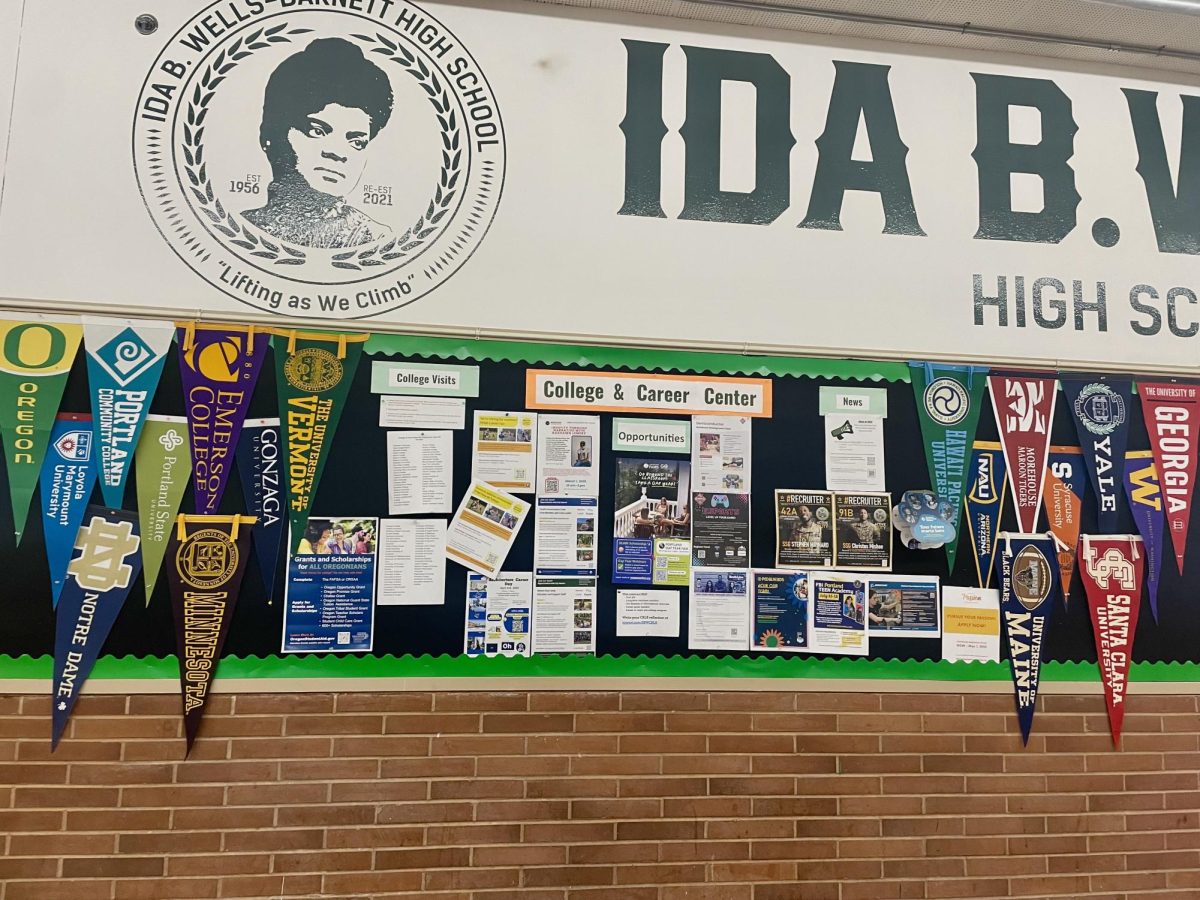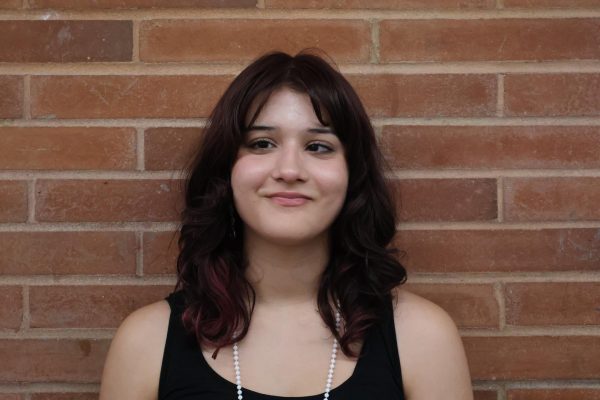Fresh out of middle school, I had no idea what I wanted to be, yet the second I stepped through the doors of Ida B. Wells High School, everyone I knew was telling me that I had to figure it out — and to do that I had to attend college.
College is overrated. And the messaging around it in high school is problematic.
To start, high school doesn’t reflect the college experience at all. We are overloaded with seven hours of class time a day, without being able to choose where and with whom all that time is allocated. The lack of freedom in high school doesn’t adequately prepare students for being disciplined with their time in college.
The hand-holding nature of high school is also an issue. It is almost harder to fail a standard class at IBW than it is to get an A, or at least a B for effort. According to ACT, GPAs in math and English were inflated by up to 0.30 points, despite ability in these subjects declining over time, measured by ACT exam scores. High school teaches students that even if they barely show up, they can get an A.
This is not true of college classes or the working world. In college, professors will let you fail and bosses will fire you if you slack and don’t communicate. The nature of how high school is conducted puts students at a huge disadvantage after graduation.
In addition, college is unnecessarily expensive.
In 2025, price tags are a bigger barrier to higher education than ever. According to the Education Data Initiative, students attending an in-state, four-year college will pay $27,146 per year in tuition. That’s a whopping total of $108,584 for the entire 4-year degree. That’s not even talking about food, living, textbooks and any activities the student wants to participate in.
Students are not given enough time, freedom or resources to foster a sense of identity or create goals for after graduation, yet are pressured by messaging and stigma to go to college, putting them into mounting “figuring it out,” debt as soon as they reach adulthood.
One might say the expenses of college are justified because they provide a one-of-a-kind learning experience, but is that true?
College is presented to students like a unique educational opportunity. This is far from the case for a lot of people. When talking with my mother about her time in college, she mainly focused on the people she met. When I asked her about the things she learned, she couldn’t exactly tell me.
Learning is what you put into it. In the age of the internet, if someone has a drive to learn something specific, there are millions of resources available. There are books, online articles, classes and videos; the list goes on. Considering many of these resources are made by professionals in their fields and are available for free, college doesn’t guarantee better education, and it is not necessary for higher learning.
If the structure of high school gave students more freedom overall, it would reflect college more accurately. This would make it easier for students to explore their interests like they would in college, without being overwhelmed by the other factors of being a young adult. A more accurate college simulation in high school would also allow students to more accurately determine if higher education is a desirable or sustainable path for them after graduation, and limit unnecessary debt.
High school creates unnecessary pressure for students to attend college, despite not adequately preparing them.
The second class I ever attended in my freshman year of high school was College Career Exploration (CCE). Before I had even acclimated to high school, I was preparing for college. While it did inform potential career and college options, it did not help to foster a sense of identity and purpose when it came to goals after high school.
The messaging is clear: to get a job, go to college.
The perspective taught in high school over-glamorizes college. The truth is, in 2025 a college degree doesn’t guarantee you a job. According to the Bureau of Labor and Statistics (BLS), the unemployment rate in the US jumped up to 4.1% in February. BLS also shows that people with a bachelor’s degree still have a rate of unemployment of 2.0%. For millions of people in the US, college costs a lot, and doesn’t guarantee being paid at all.
Since it’s assumed that every high school student will go to college, a stigma is created among students. Suddenly, instead of having to worry about how to get into college, students are concerned with getting into a “good school,” like Ivy Leagues, and worried about being mocked for going to a “bad school,” like community colleges. Those who declare that they don’t want to pursue college are pressured relentlessly to change their minds, and told they will regret their decisions.
While higher education can be valuable in helping students pursue specific careers, the degree to which it is prioritized in high school ultimately harms students in the long-run.
Creating more balance between helping students explore their interests and potential careers without the pressure and assumption of higher education would do much more to secure successful futures for students after graduation.









